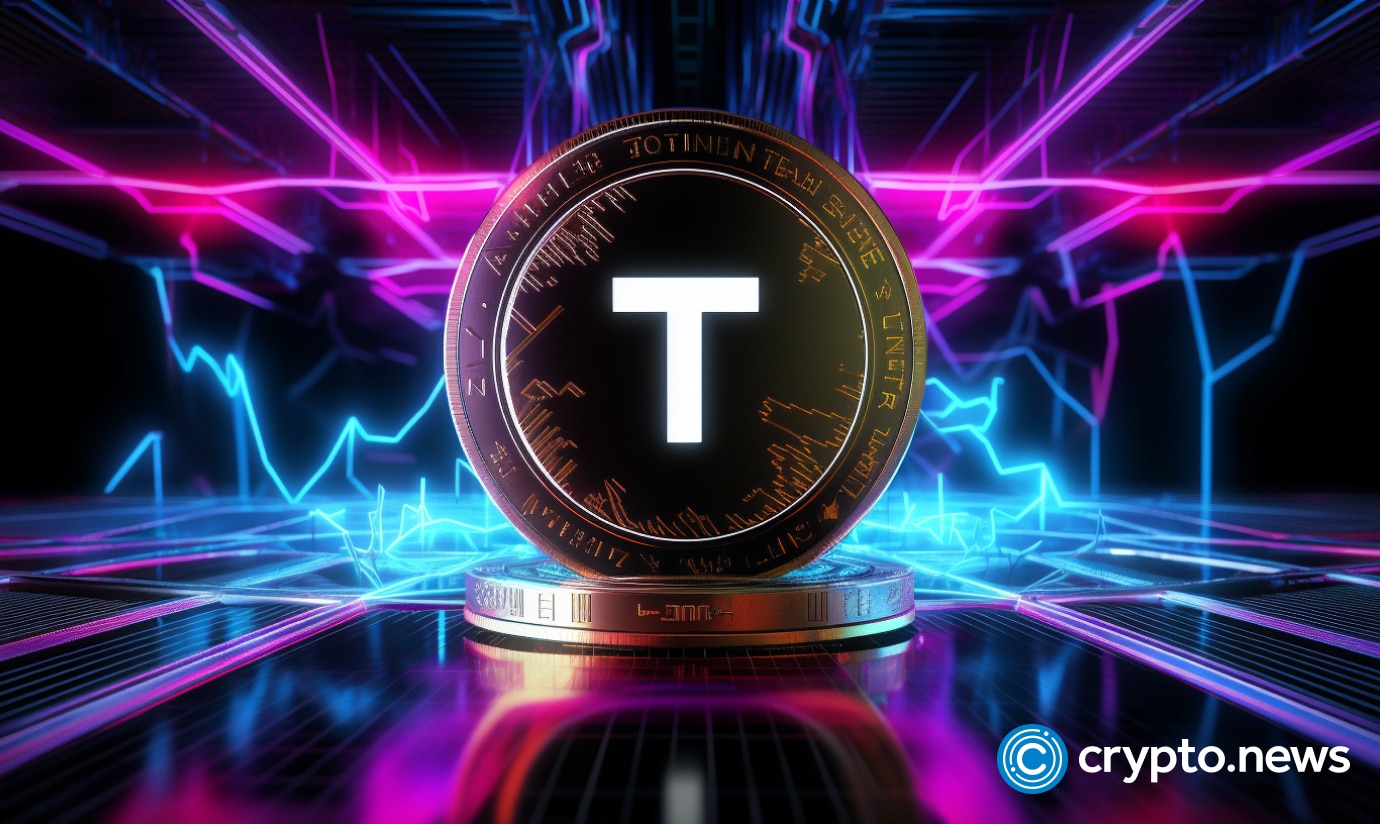2022-12-7 14:15 |
Key Takeaways
Circle, issuer of USDC, has cancelled a plan to go public in a $9 billion deal Public listing could have presented USDC as the anti-Tether, pushing a fully transparent and audited angle Cancelled deal reflects pulldown in prices across the board Circle remain determined to go public eventually, but in the interim, will continue to fight the stablecoin war vs rivals Binance the recent big mover after the exchange delisted USDC and other rivals in order to push its own stablecoin, BUSD
Stablecoin group Circle have abandoned plans to go public.
Issuer of USDC, the stablecoin with a $43 billion marketcap, Circle had planned to go public with a valuation of $9 billion. Sam Bankman-Fried and the crypto markets had other ideas, however.
Abandoned plan signifies crypto collapseThe collapse of the deal shows how far crypto has fallen. The deal was initially struck in July 2021, with Circle planning on going public via a blank-cheque company headed by Bob Diamond, a former Barclays executive.
“We are disappointed the proposed transaction timed out; however, becoming a public company remains part of Circle’s core strategy to enhance trust and transparency, which has never been more important,” said Jeremy Allaire, Circle chief executive.
It’s not a surprise. Deals to go public have been shelved across the market – not just crypto – as interest rates rises have pulled prices down across the board. Look no further than Coinbase for evidence of the damage, with their shares down 84% in 2022 (I wrote a deep dive on their demise here).
Public security desirable for stablecoinsThe stablecoin space is one which has been hurt more than most this year. There was the high-profile collapse of UST in May, pulling down large chunks of the ecosystem with it.
DAI is struggling mightily, in the curious position of being a decentralised stablecoin that is very centralised (given its holdings of USDC). Its latest plan is to abandon the peg model completely, swapping over to a free-floating stablecoin, which reads as a complete paradox if you ask me.
But it is the continued speculation over the safety of Tether (deep dive here), which itself de-pegged to 95 cents on several exchanges in the aftermath of the UST collapse, that remains as the biggest gripe on stablecoins.
This is where USDC could really have benefitted from Circle going public. The security, disclosures and transparency that being a public company demands are unrivalled. The move would have massively benefitted Cicle’s image, especially in comparison to its biggest rival, Tether.
It could really have positioned itself as the anti-Tether, the fully public, and therefore audited, transparent and secure, stablecoin. The biggest winner of this news of the collapsed deal, therefore, is undoubtedly Tether.
The stablecoin war continuesOne hopes that Circle will go public eventually. I’m sure it will, but that may be a while, looking at the state of the markets, with inflation yet to significantly cool off and the world economy struggling as Europe and the US dive deeper into winter amidst a suffocating energy crisis.
Until then, it will continue to fight its rivals for market dominance. The most recent victor in all this has been Binance’s stablecoin, BUSD, after the exchange delisted USDC and several other competitors from its exchange.
USDC was meant to have the trump card that it is a public listing up its sleeve. But now that that’s been cancelled, it is back to the drawing board with regards to the stablecoin war.
The post Circle plan to go public is cancelled. What does it mean for stablecoin market? appeared first on CoinJournal.
origin »Bit Public Talent Network (BPTN) на Currencies.ru
|
|

